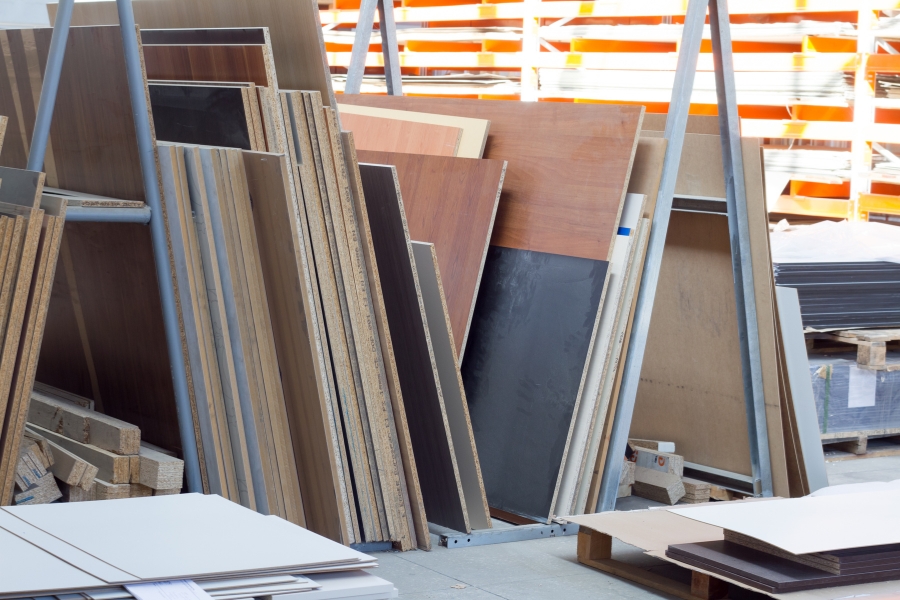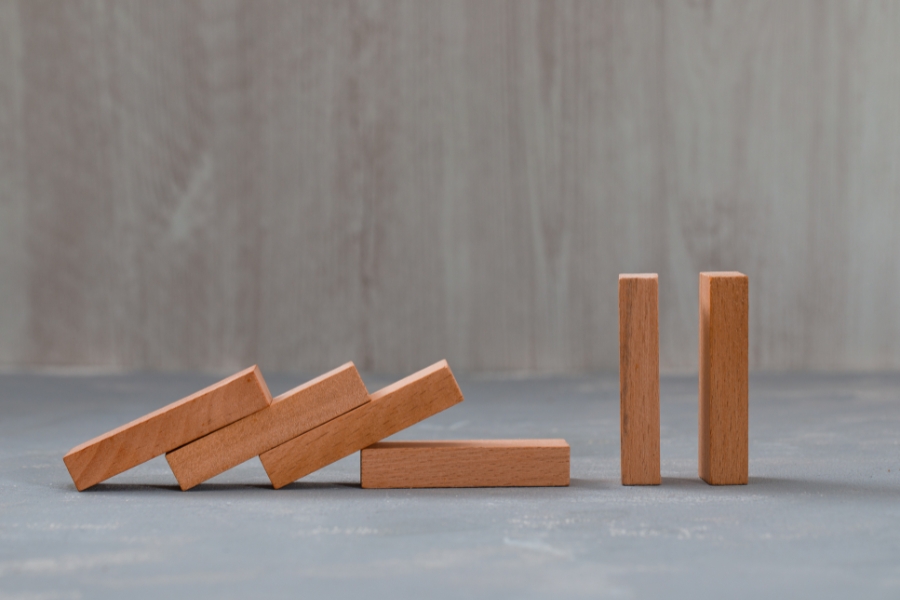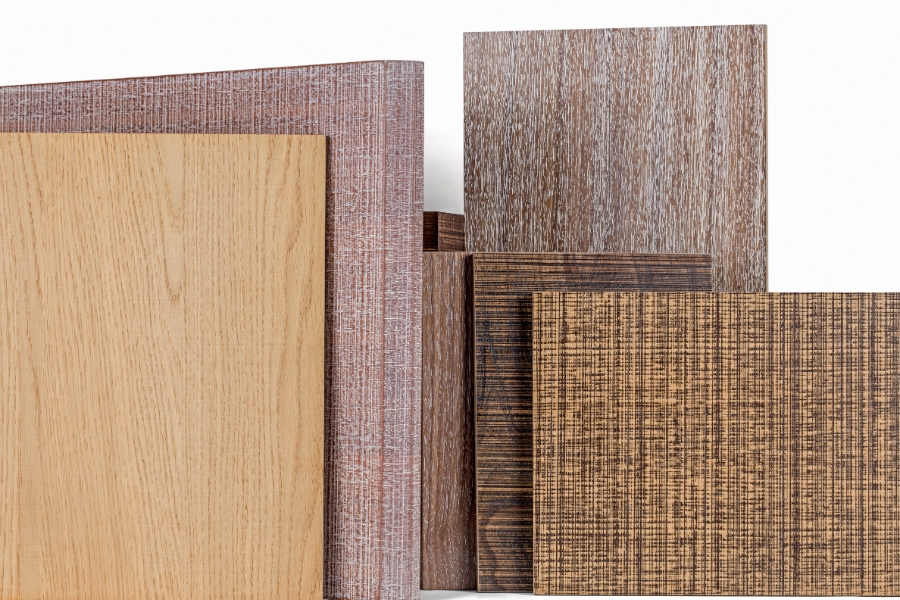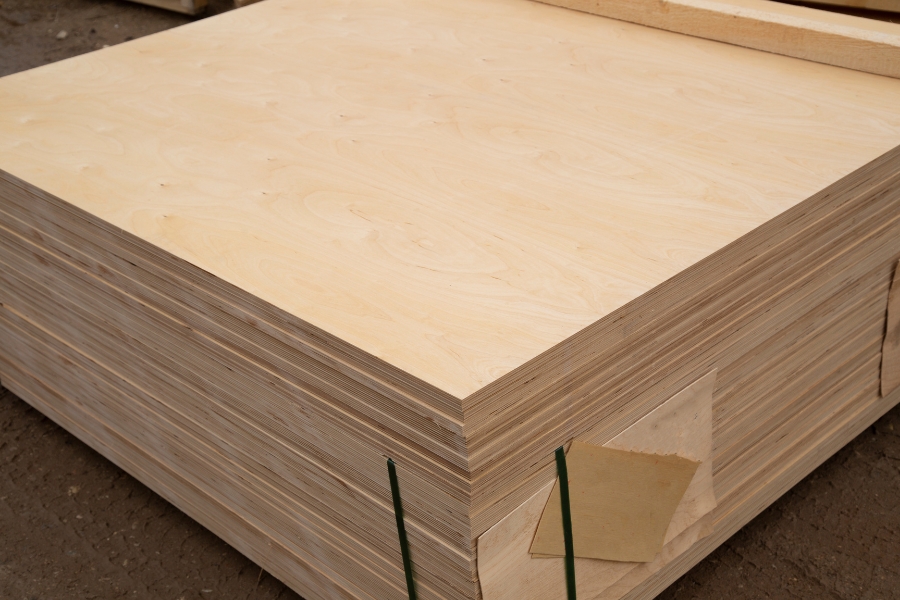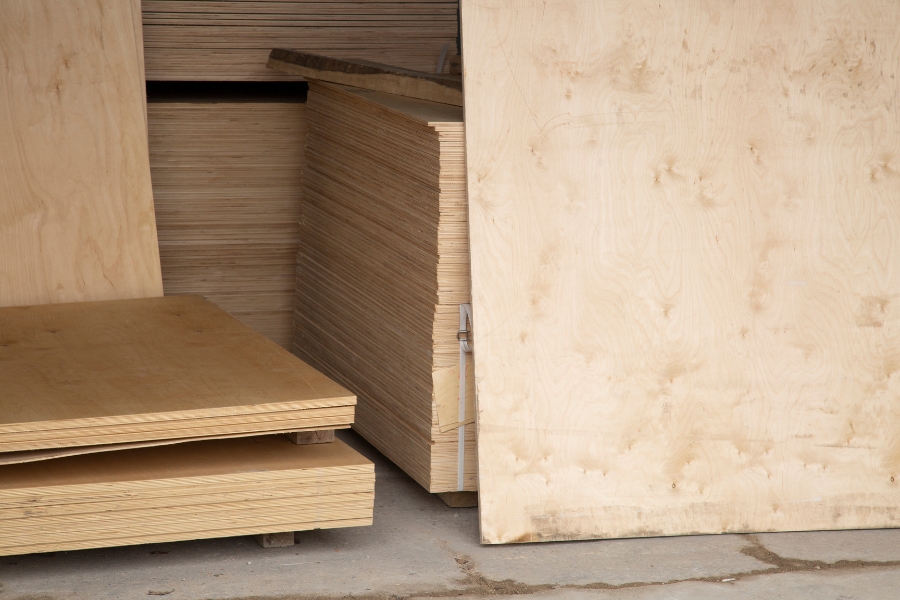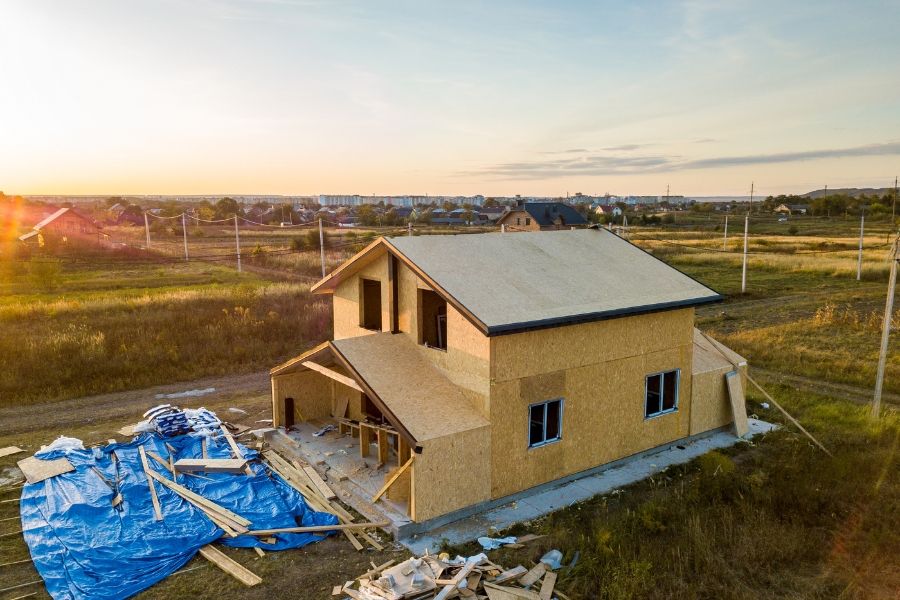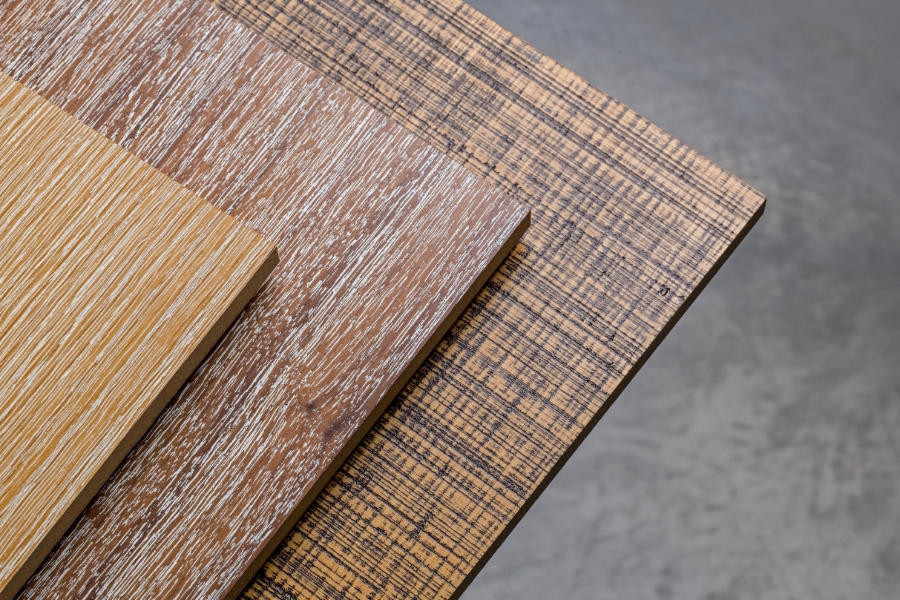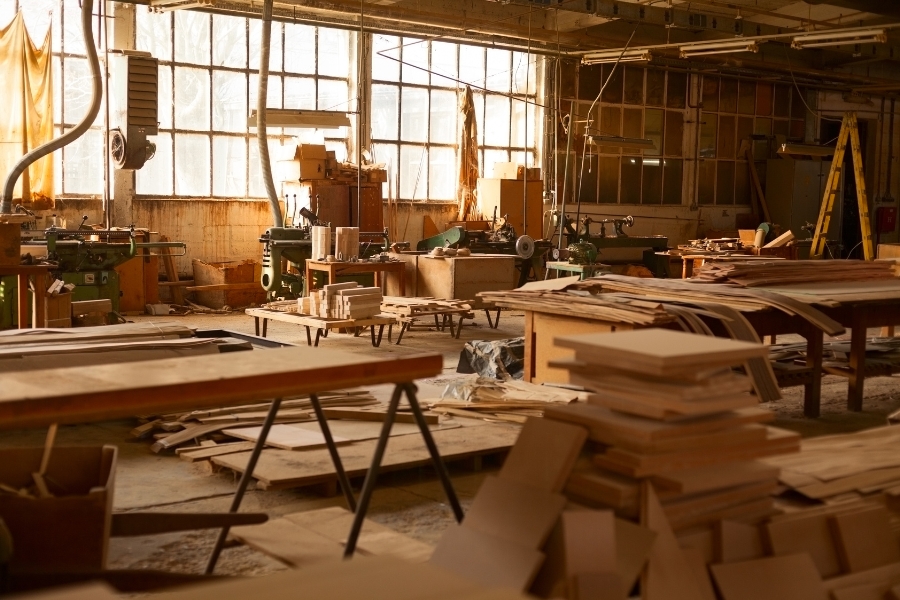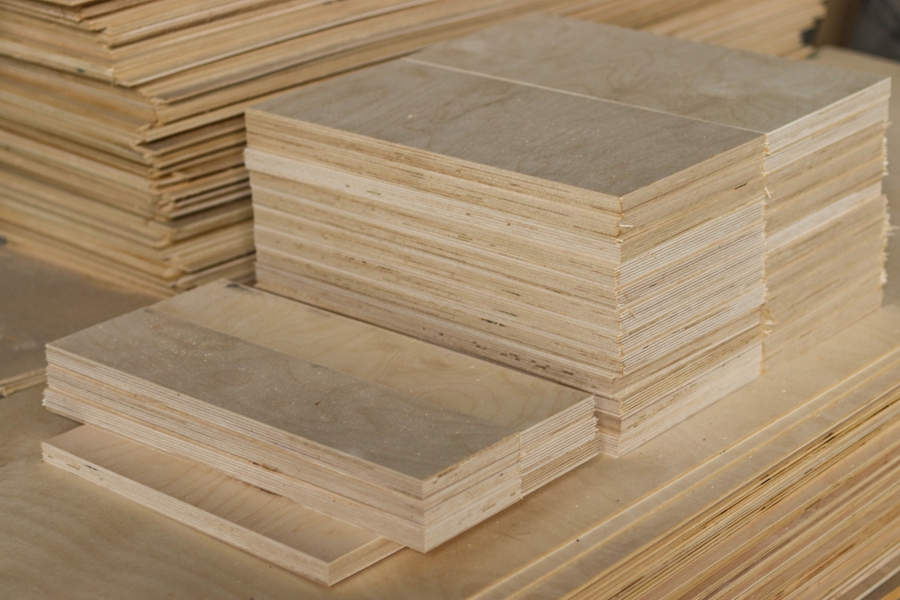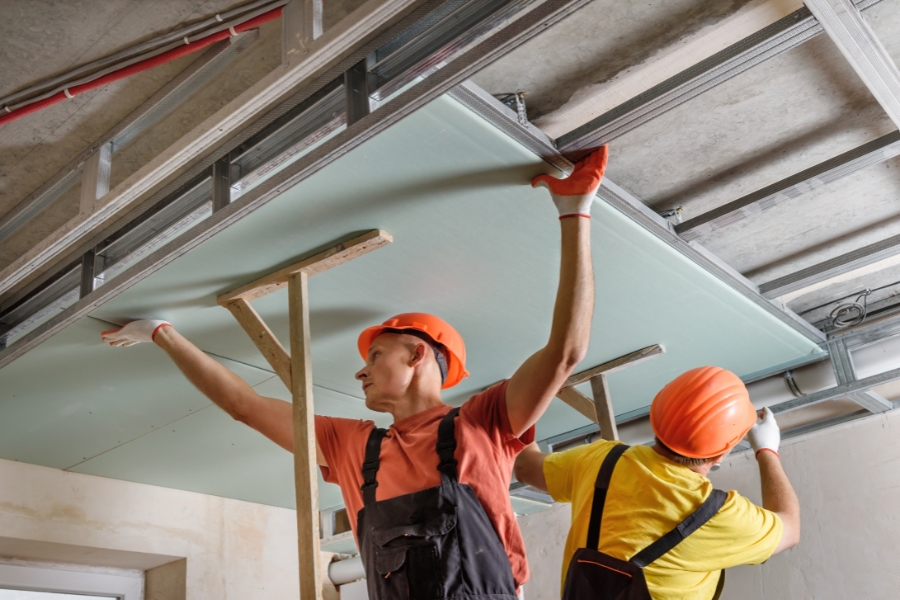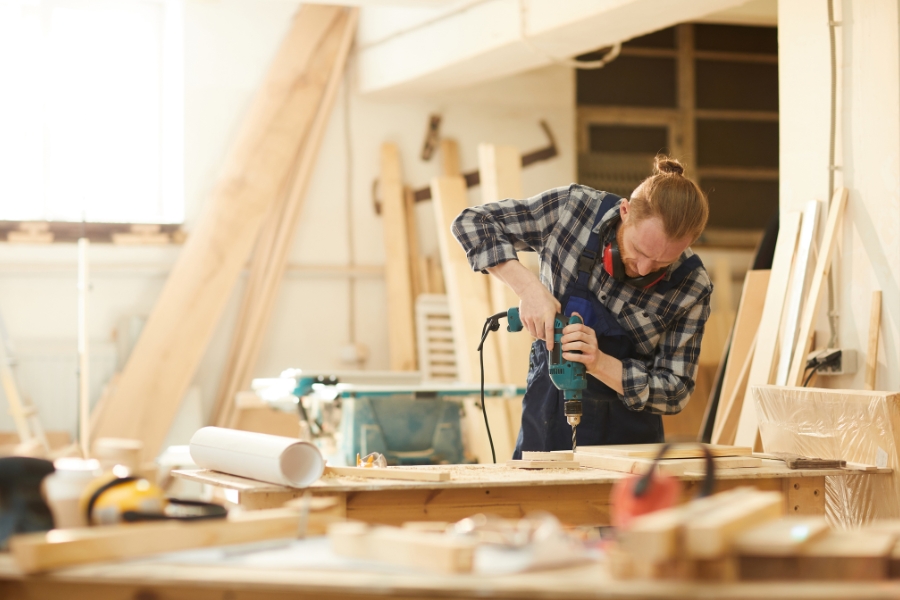When choosing wood materials for furniture or interior projects, many people immediately turn to two popular options: blockboard and plywood. At first glance, the two appear similar and are often considered the same. However, upon closer inspection, there are important differences that can affect the final outcome of your project.
To help you avoid making the wrong choice and ensure you select the right material for your needs and budget, let’s first understand the differences between blockboard and plywood. We’ll break it down in terms of structure, strength, and usage!
Differences Between Blockboard and Plywood
Although both are types of engineered wood, there are key differences between blockboard and plywood that you should be aware of. These two materials have distinct structures and advantages, so their applications can be tailored to specific needs. Here are some of the main differences:
1. Wood Core Structure
Blockboard has a core made of solid wood strips arranged parallel to each other, then covered with veneer on both sides. On the other hand, plywood consists of several thin layers of wood (veneer) glued crosswise between layers. This structural difference makes blockboard more stable for wide, flat surfaces, while plywood is more flexible and strong for use in curved shapes or structural applications.
2. Bending Resistance and Stability
Blockboard excels in horizontal stability and does not easily bend, making it suitable for shelves, cabinets, or large panels. On the other hand, plywood is more flexible and resistant to dynamic pressure, making it more ideal for curved surfaces or elements that are frequently opened and closed, such as cabinet doors or folding table tops.
3. Suitability for Finishing
Plywood has a smoother and flatter surface, making it ideal for plain paint, duco, or other thin coatings. Meanwhile, blockboard is often paired with HPL finishes, veneer coatings, or decorative laminates that provide a natural, elegant, or modern appearance according to the desired interior style.
4. Price and Efficiency
Generally, blockboard is more affordable than high-quality plywood, especially for large-scale projects. However, for flexible design needs or more complex work, plywood can be more efficient and easier to shape.
5. Moisture Resistance
Plywood tends to have better moisture resistance, especially when using marine plywood. It is suitable for areas prone to moisture, such as kitchens or bathrooms. Meanwhile, blockboard is more susceptible to changes in humid weather and is best used in dry areas or with additional protection.
6. Weight and Ease of Installation
Blockboard is generally lighter than plywood of the same thickness, making it easier to transport and install. This is a significant advantage for DIY projects or installations requiring frequent material movement. Plywood, though slightly heavier, offers density that supports higher structural strength.
So, now you understand the difference between blockboard and plywood, right? Although both are engineered wood products, their characteristics and advantages can vary significantly depending on your project needs. Blockboard is suitable for large, flat, lightweight surfaces, while plywood is superior for structures requiring extra strength and flexibility in shape.
The bottom line is, don’t just choose randomly! Make sure you match the type of material to the function, installation location, and available budget.
Well, let’s take a look at the various types of plywood and blockboard available for your project at Hojaya!

